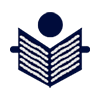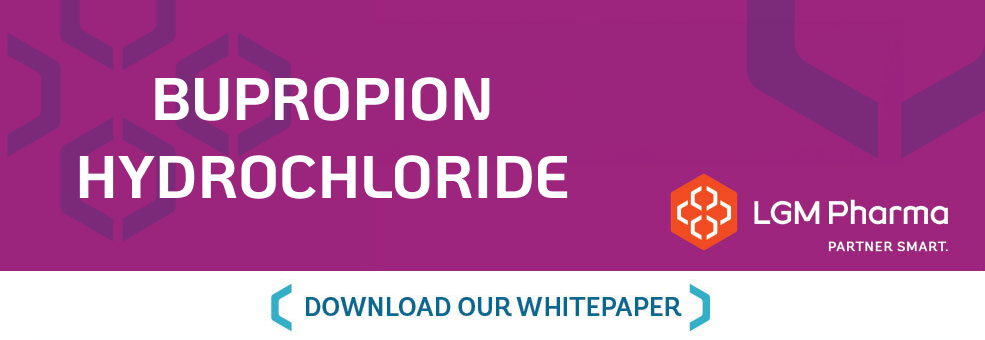


11 Mar 2025
// PR NEWSWIRE
https://www.prnewswire.com/news-releases/currax-pharmaceuticals-peer-reviewed-study-in-obesity-pillars-further-substantiates-cardiovascular-safety-profile-of-contravemysimba-302397897.html

03 Mar 2025
// GLOBENEWSWIRE
https://www.globenewswire.com//news-release/2025/03/03/3035463/33090/en/Axsome-Therapeutics-Announces-FDA-Pre-NDA-Meeting-Minutes-for-AXS-05-in-Alzheimer-s-Disease-Agitation-Supporting-NDA-Submission.html

25 Feb 2025
// PR NEWSWIRE
https://www.prnewswire.com/news-releases/currax-provides-update-on-litigation-against-found-health-inc-302384351.html

11 Feb 2025
// FIERCE PHARMA
https://www.fiercepharma.com/pharma/axsome-shares-jump-21-settlement-teva-will-keep-auvelity-generic-market-until-2038

31 Dec 2024
// BIOSPACE
https://www.biospace.com/press-releases/axsome-therapeutics-announces-successful-completion-and-results-of-phase-3-clinical-program-of-axs-05-in-alzheimers-disease-agitation

13 Dec 2023
// FDA
https://www.pharmacompass.com/pdf/news/enforcement-report-week-of-december-13-2023-38736.pdf
